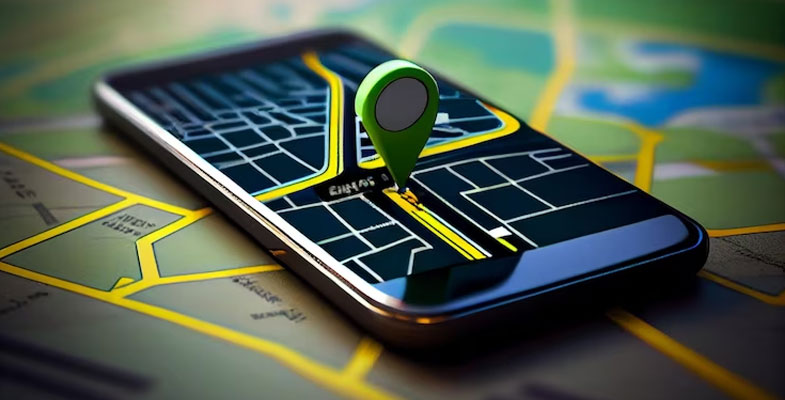Projects
Contact Us

Lidar mobile mapping services involve the use of mobile platforms equipped with Lidar (Light Detection and Ranging) technology to capture high-precision 3D geospatial data of the surrounding environment. Lidar uses laser sensors to measure distances and create detailed point cloud representations of the terrain, buildings, vegetation, and other objects. This data can be used for various applications, including urban planning, transportation management, environmental assessment, and infrastructure design.
Here are key aspects of Lidar mobile mapping services:
- Mobile Mapping Platforms: Lidar mobile mapping systems are typically mounted on vehicles, drones, or backpacks, enabling efficient data collection over large areas. Mobile platforms may also integrate other sensors such as cameras, GPS, and inertial measurement units (IMUs) to enhance data accuracy and georeferencing.
- Lidar Data Acquisition: Lidar sensors emit laser pulses and measure the time it takes for the light to return after hitting a surface. By scanning the environment from different angles, the sensor collects millions of data points, creating a dense and precise point cloud representation of the surroundings.
- Point Cloud Processing: The collected point cloud data is processed and filtered to remove noise and outliers, ensuring high-quality and accurate 3D representations. Advanced algorithms are applied to classify objects, such as buildings, vegetation, and terrain, within the point cloud.
- Data Registration and Georeferencing: Lidar mobile mapping systems use GPS and IMUs to record the position and orientation of the mobile platform during data collection. This data is used to register the point cloud to a geographic coordinate system, enabling accurate georeferencing and integration with other geospatial datasets.
- Data Analysis and Visualization: Lidar mobile mapping data can be analyzed and visualized using specialized software. This includes generating digital terrain models, digital surface models, contour maps, 3D visualizations, and extracting features such as building footprints, road networks, and vegetation density.
- Applications: Lidar mobile mapping services find applications in various fields. For urban planning, it aids in infrastructure development, city modeling, and land-use analysis. Transportation management benefits from Lidar data for road inventory, pavement analysis, and traffic simulations. Environmental assessments leverage Lidar for flood modeling, vegetation monitoring, and coastal zone management. It is also used in archaeology, forestry, and utility mapping.
- Surveying and Engineering: Lidar mobile mapping provides accurate and detailed topographic data for engineering projects such as road design, pipeline planning, and site development. It streamlines surveying processes by significantly reducing fieldwork and enabling rapid data collection over large areas.
Lidar mobile mapping services offer a fast and efficient method for capturing high-resolution 3D geospatial data. The data collected can be utilized for a wide range of applications, providing valuable insights for planning, design, and decision-making in various industries.
